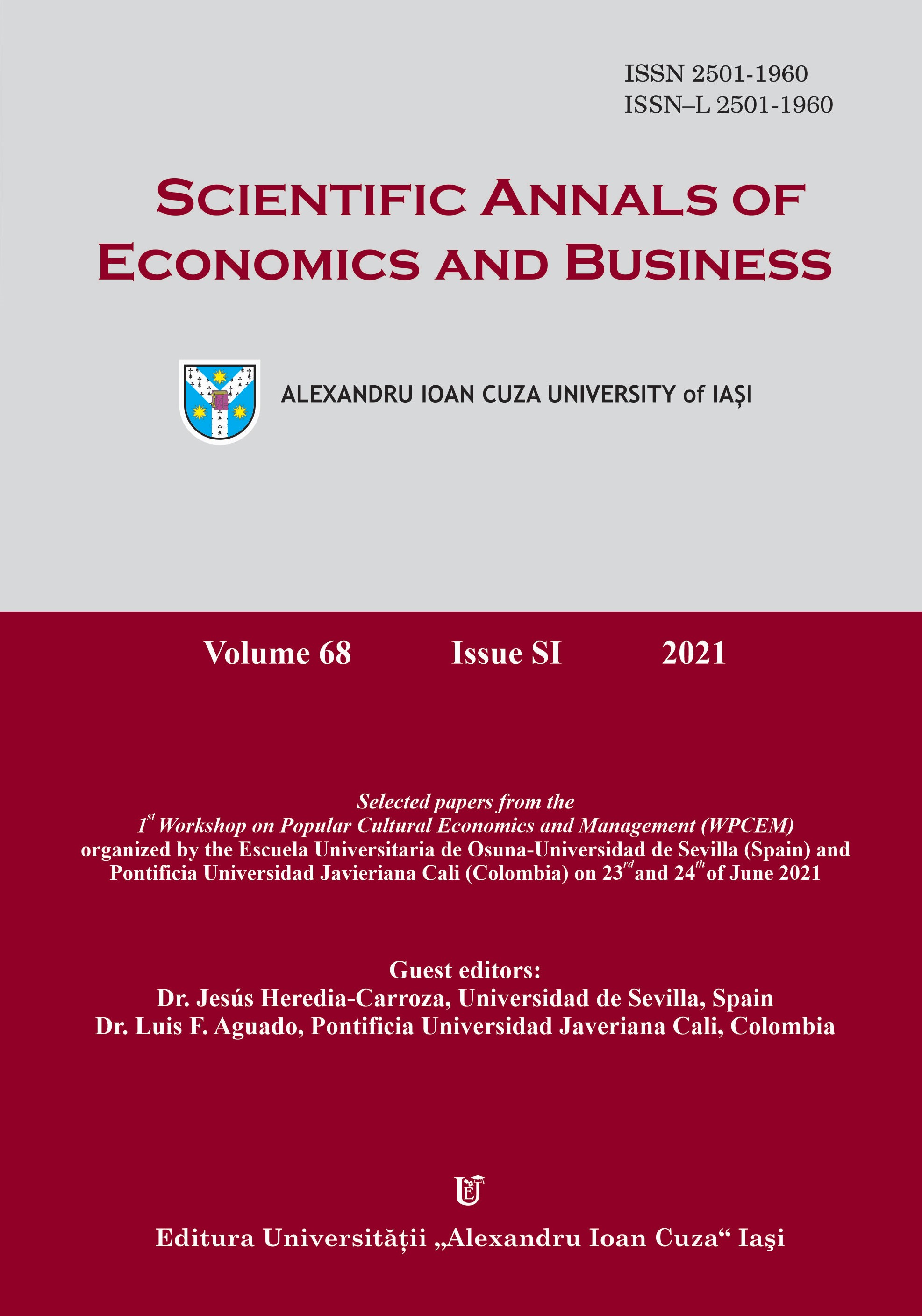Who Participates in Popular Feasts and Festivals? An Empirical Approach from Cultural Economics Applied to the Carnival of Barranquilla (Colombia)
Who Participates in Popular Feasts and Festivals? An Empirical Approach from Cultural Economics Applied to the Carnival of Barranquilla (Colombia)
Author(s): Aaron Espinosa Espinosa, Luis Palma Martos, Luis Aguado QuinteroSubject(s): Economy, Micro-Economics
Published by: Editura Universităţii »Alexandru Ioan Cuza« din Iaşi
Keywords: Carnival of Barranquilla; cultural participation; intangible heritage; probit models; Colombia;
Summary/Abstract: The empirical analysis of individual participation in local and popular feasts and festivals is a field little explored by cultural economists. This article proposes a methodological scheme to analyse the profile of the participants in local and popular feasts and carnivals, allowing the establishment of a taxonomy that captures the heterogeneity of the participants replicable to other festivities and carnivals around the world. Similarly, participation equations that allow the analysis of the influence of context variables on individual decisions to participate in these types of events are estimated. For this, the Carnival of Barranquilla, the largest and most representative popular celebration in Colombia and declared by UNESCO as Intangible Cultural Heritage of Humanity, is used as a case study. The data were obtained from the Citizen Perception Survey of the Barranquilla Cómo Vamos programme, which evaluates the quality of life and the fulfilment of development plans in that city, and an empirical strategy is employed consisting of the estimation of a probit discrete choice model, which allows modelling the individual decisions of a time-intensive good, such as a carnival, with a strong influence of traditional variables, such as cultural capital and the availability of leisure time, and other context variables: location of people in the territory, stratification and poverty. The different profiles found offer information on the different strategies that can be implemented from public policy to stimulate greater participation by the population in popular festivities and festivals.
Journal: Scientific Annals of Economics and Business
- Issue Year: 68/2021
- Issue No: Special
- Page Range: 79-103
- Page Count: 25
- Language: English

